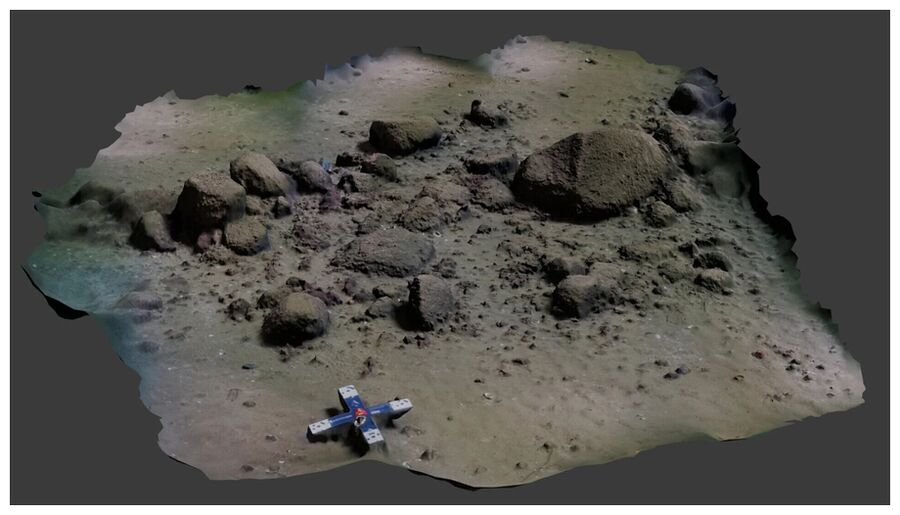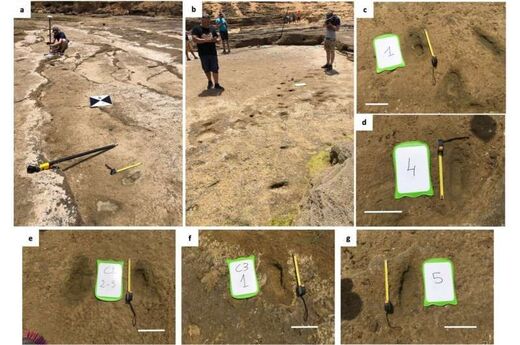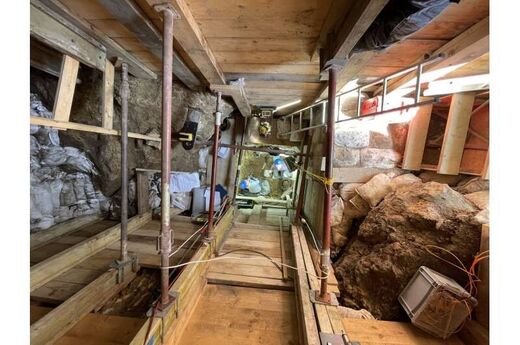Joint Press Release of the Leibniz Institute for Baltic Sea Research Warnemünde, University of Rostock and Kiel University

© Philipp Hoy, University of Rostock / model: Jens Auer, LAKD M-V3D model of a short section of the stonewall. The scale at the bottom of the image measures 50 cm. The tennis- to football-sized stones that form the approximately 1 km long wall are clearly recognisable.
In autumn 2021, geologists discovered an unusual row of stones, almost 1 km long, at the bottom of Mecklenburg Bight. The site is located around 10 kilometres off Rerik in 21 metres water depth. The approximately 1,500 stones are aligned so regularly that a natural origin seems unlikely.
A team of researchers from different disciplines now concluded, that Stone Age hunter-gatherers likely built this structure around 11,000 years ago to hunt reindeer. The finding represents the first discovery of a Stone Age hunting structure in the Baltic Sea region. The scientists now present their findings in the
Proceedings of the National Academy of Sciences (PNAS).Stunning discovery by Kiel University researchers during an expeditionOriginally, a team of researchers and students from Kiel University (CAU) wanted to investigate manganese crusts on a ridge of basal till that forms the seafloor about 10 kilometres off Rerik in Mecklenburg Bight. During their survey, however, they discovered a 970 metre long, regular row of stones. The structure consists of around 1,500 stones, usually some tens of centimetres in diameters, that connect several large meter-scale boulders. The researchers reported their discovery to the Mecklenburg-Vorpommern state agency for culture and monument preservation (Landesamt für Kultur und Denkmalpflege Mecklenburg-Vorpommern LAKD M-V), which then coordinated further investigations. The stonewall is located on the south-western flank of a ridge of basal till trending roughly parallel to an adjacent basin in the South, presumably a former lake or bog. Today, the Baltic Sea is 21 metres deep at this location. Thus, the stonewall must have been built before the sea level rose significantly after the end of the last ice age, which happened for the last time around 8,500 years ago. Large parts of the previously accessible landscape ultimately flooded at that time.




Comment: Further reading: